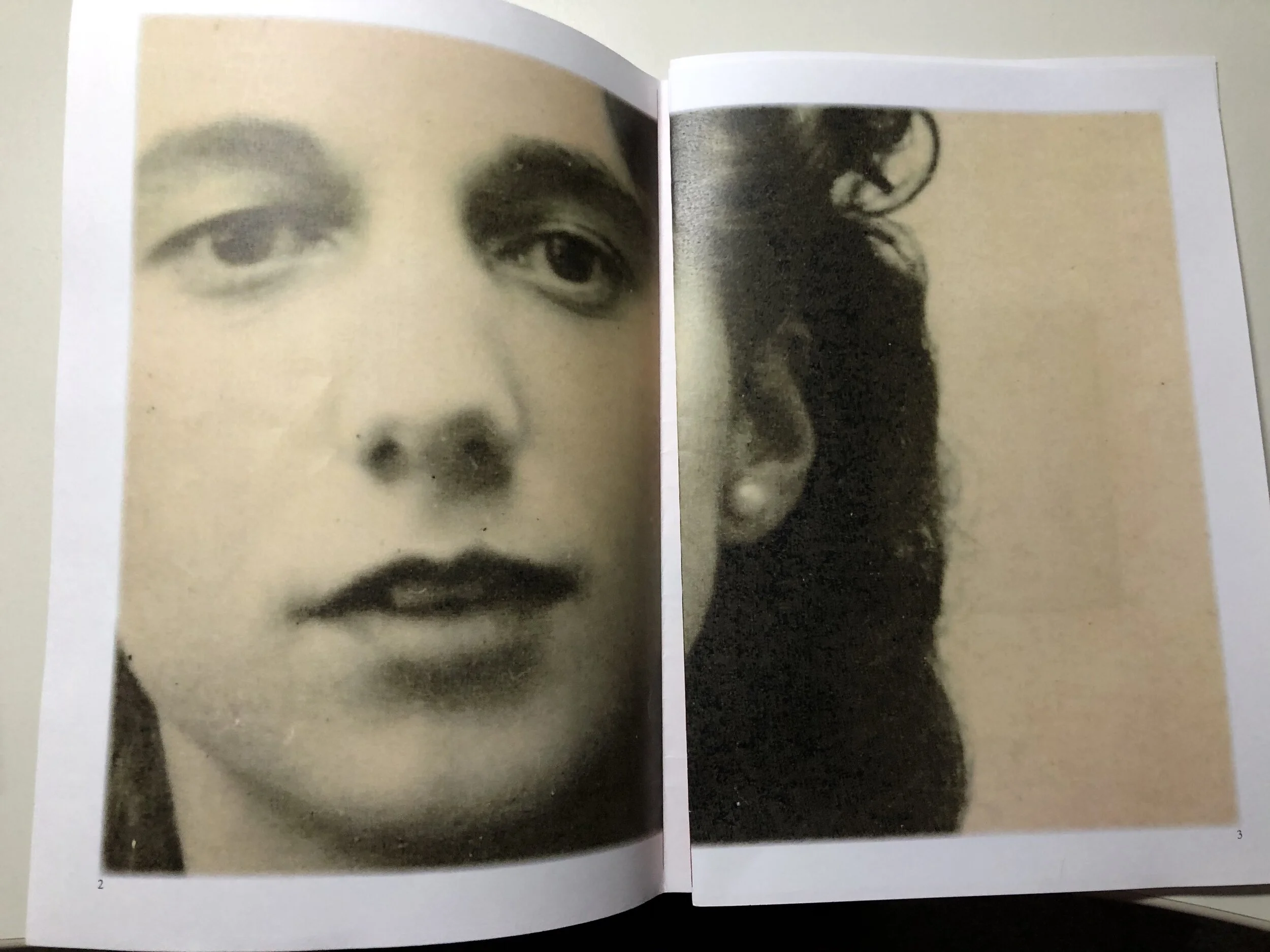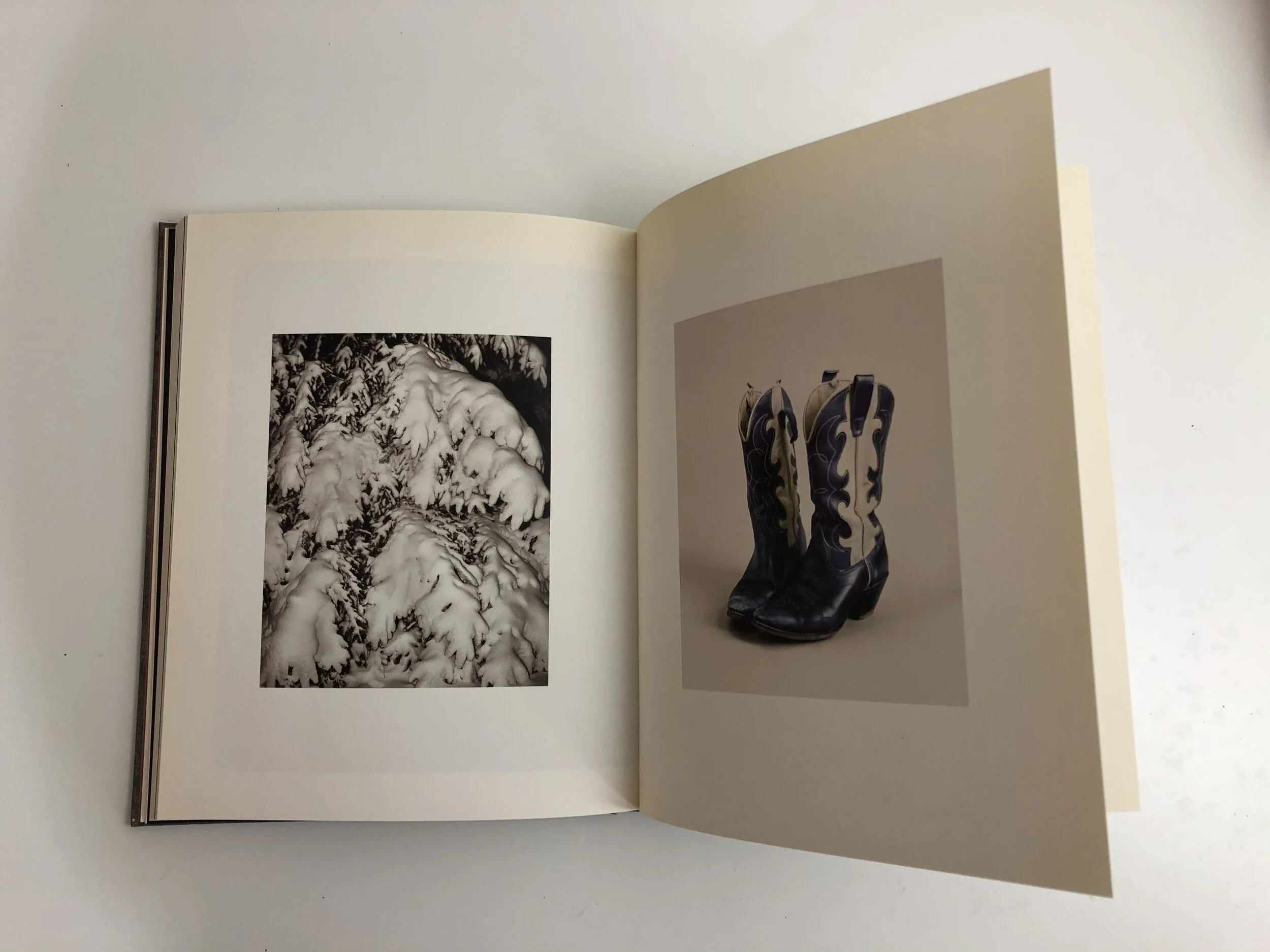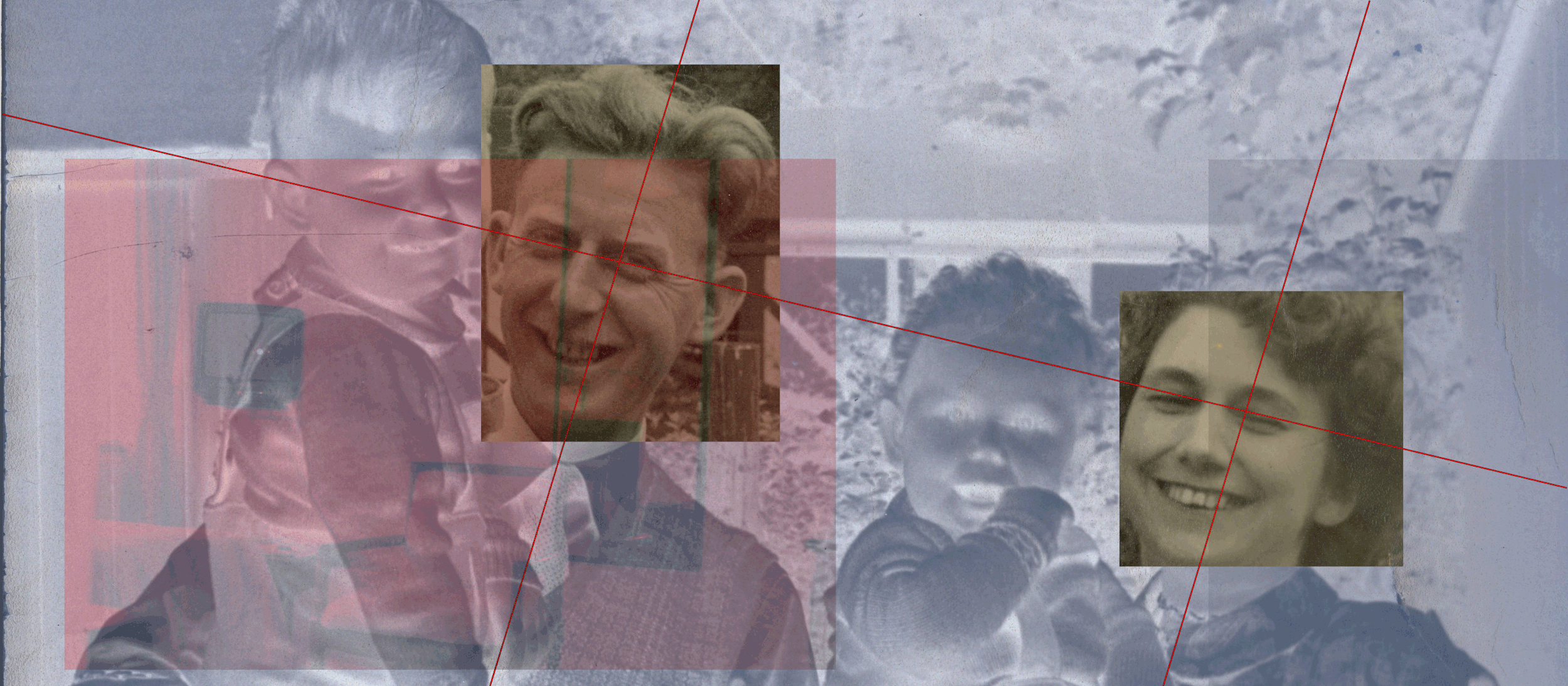Introduction
Mother Circa 1938
My FMP is a continuation of work started at the beginning of my MA. I had re-discovered an archive of family photographs and also artefacts stored in the attic of my house. This made me think about my own past, a subject I had avoided for a long time. I should explain that my parents died in the 1990s and since then our family went their separate ways. I am the youngest of four boys. All my brothers were much older than me and consequently I had very little contact with them. Indeed, two of my brothers had left home before I could form any real memories them. I never thought of them as companions, we were never that close. My parents were in their late 40s when I was born and belonged to an older generation. My Mother was the matriarch of the family and could be verbally cruel. Its not my intention to portray her as a bad person, as she was a good mother in many ways and brought us all up well. She did however come from the old school of parenting being strict in her parental approach. My father on the other hand was a mild mannered man despite spending six years as tank crew during WWII. The horrors he would have encountered during that time, I am only now beginning to appreciate. The archive contains photographs dating back to the late 19th century and many of them of them are sadly unknown. The collection also includes letters, telegrams and post cards. As well as the photographic archive, I inherited a few items of furniture, along with some pottery and silver items. All of these I intend to use in my FMP.
Mother with glass vase
Influences
My practice has developed during the past 12 months, following research into my family’s and my own memories of holidays we had on the Yorkshire coast. Many of the images in my earlier project consisted of a retrospective of the recollections held both in my memory and in my imagination. I enjoyed this early work as it allowed me to revisit the places I remember from my childhood. Initially I was influenced by practitioners like Martin Parr and Tony Ray-Jones . However I later became aware that Parrs work could be considered voyeuristic and to some extent I became uncomfortable with this practice. Consequently, early in my work, I decided to portray images that maintained a degree of positivity.
Curiosity Shop- Filey
In my research, I found the book Red Headed Peckerwood by Christian Patterson (Patterson 2011) This book introduced new possibilities and ideas for my practice as did, Sugar Paper Theories by Jack Latham (Latham 2019) but to a lesser extent. This technique of introducing letters and notes to the book, added a sense of realism to the story and something I would very much like to try.
Redheaded Peckerwood by Christian Patterson
Redheaded Peckerwood by Christian Patterson
Sara Davidmanns ‘Ken-to be destroyed’ (Davidmann, 2016) takes this one step further, by producing a narrative based mainly on the letters which had been found after Kens death. It was illustrated with real and imagined photographs, to portray a transgender person living in the mid twentieth century.
Ken - To be destroyed Sarah Davidmann
I became more experimental during Surfaces and Strategies and using my archive photographs I cropped, layered and introduced colour to them. My intention was to create new images from found photographs. I did this digitally but in my final work will investigate analogue techniques.
The Project
The continuation on the theme of family is self-evident but it needs to be focused. I have therefore decided to concentrate this project about my parents and in particular the lingering questions I have some 25 years after their death. I am currently reading Susanna Walkers’ book ‘The life of stuff’ (Walker, 2012), based on her experience of her mothers death and what the possessions left behind can say about the deceased. Following my parents deaths, it became very obvious that there was an acute divide between myself and my siblings and we were destined never to to meet again. This left me with an underlying distrust and dislike of them. It has been suggested that I attempt to find out what has happened to my brothers but this is something I do not wish to do. Hence all the pictures of my siblings have obscured faces.
My brothers and me faces obscured
In addition to the letters from the archive I want to create a new narrative. I intend writing letters to my parents, asking those questions I wished I had asked when they were alive. I was very moved by Daniel Simons audio work (Falmouth FPP 2019) and how his story telling weaved into his photography. Simons by his own admission had been influenced by Daniel Meadows, know for his photography and audio recordings. The letters I produce will be read along with new images to illustrate the text. As the letters will form the core of the narrative, they have to be drafted before photographic work can proceed. I will use the working title of ‘Letters to my Parents’ for my project, which will form a hand made book. I have a design background but may also collaborate with a graphic designer or book publisher. Such firms as Setanta Books, 10x10 and Mack books are possibilities if they are interested.
I also have to consider if there are any copy-write issues connected with using images of living relatives.
Treasure Hunt - Whitby circa 1964
I am looking forward to hand making the book and to this end have purchased book binding tools and the instructional book ‘Making Books’ (London Centre for Books and Arts, 2017). I want the book to contain differing sized pages and possibly inserts. It is my intention the letters are printed on a tinted paper to give the appearance of being from an archive and they may vary in paper size. The paper thickness and texture will be very important. A book that interested me recently is by the Swedish photographer Carl-Mikael Strom and his book Montoristen (Strom 2019). The paper texture and printing are beautiful. The book is hand stitched in a loose fashion. I will need to obtain sample paper and test which of my printers will give the best results. I would like to print the book myself as this allows me full control of my final design.
Montoristen - Carl-Mikael Strom
I will be using a combination of analogue and digital technologies, including non camera photography, to produce the images along with experimental printing on different surfaces such as card, tracing paper and film. I understand the cost of this process will be high, particularly in film, developing and printer ink. All negatives will be scanned at high resolution.
Whitby contemporary image with archive image
Layering and drawing on photos
Location of Practice
The location of my practice will be dependant on a number of factors, not least where the COVID epidemic restricts travel. Under the current circumstance, I do not think it's possible to plan for an exhibition in 2021 at the moment, but possibly 2022 if my work proves successful. Many of the images can be taken locally and I intend to use pictures of myself if required, to reduce any external contact. It is my wish to travel along the East coast of Yorkshire but current travel restrictions in some areas are making this difficult. If not then I will adapt my practice and allow for this. My local area may be able to provide the backdrops I require. This situation is in flux and hopefully I will be better informed after the Christmas break.
I think over all this project is going to be an emotional journey but one I look forward too.
My mother with her father, the image that started this journey circa 1929











